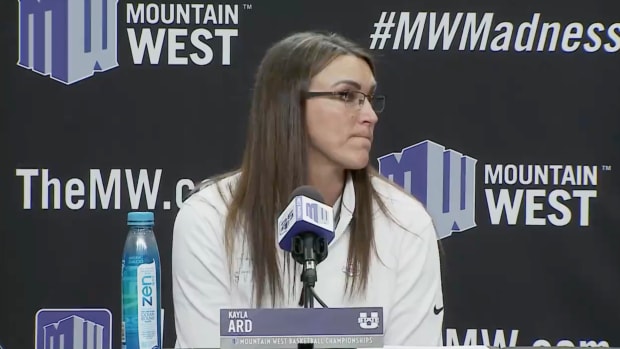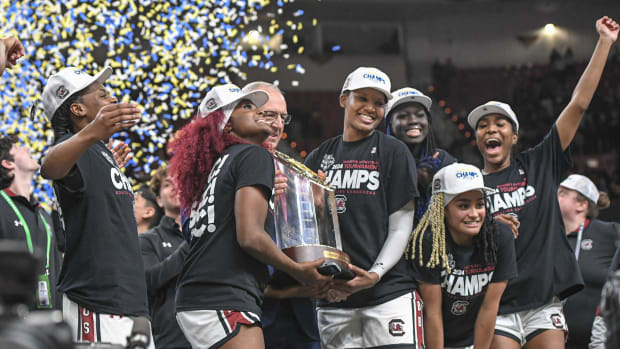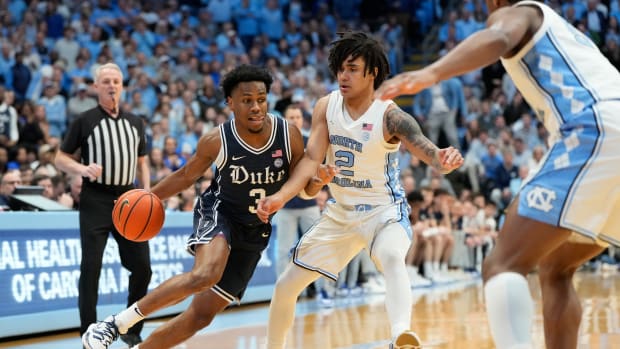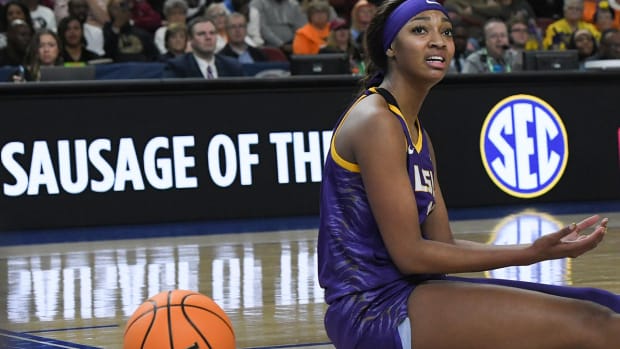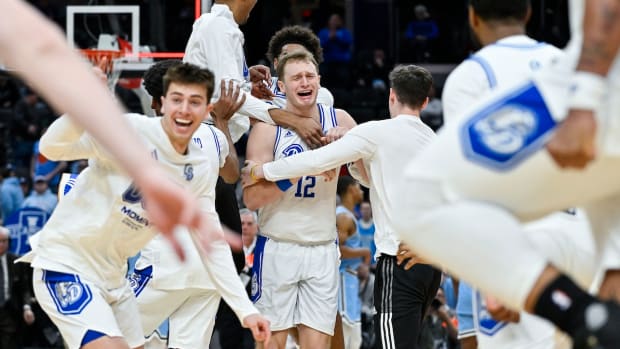Ohio State to Pay $41 Million to Settle Claims Over Team Doctor's Abuse

Ohio State University will pay about $41 million to settle a dozen lawsuits by 162 men alleging decades-old sexual abuse and mistreatment by a team doctor, Richard Strauss.
About 350 former athletes and other men had sued the school for failing to stop the late doctor despite concerns raised during his tenure. The university first announced a settlement with some of them in March, but the cost wasn’t made public until Friday.
“The university of decades ago failed these individuals – our students, alumni and members of the Buckeye community,” university President Michael V. Drake said in a written statement. “Nothing can undo the wrongs of the past, but we must do what we can today to work toward restorative justice.”
The settlement includes former Buckeyes wrestler Mike DiSabato, who raised claims about Strauss two years ago, leading Ohio State to have a law firm investigate.
“It’s been a long and bitter battle, and I’m looking forward to healing. ... I’m proud that we stood up.” DiSabato said Friday.
The men can’t confront Strauss, who died in 2005. No one has publicly defended him.
A special overseer independent of the university is expected to allocate varying payments to the men based on their experiences and the harm done, aided by a three-person panel of experts evaluating claims.
“The process will account for wide variations in abuse and provide a pathway for survivor healing,” Richard Schulte, one of the lawyers for the men, said in the university’s statement.
The school didn’t disclose how much of the settlement would go to the plaintiffs’ lawyers. A message seeking comment was left for Schulte.
In addition to the $40.9 million settlement fund, the school agreed to pay up to $500,000 for the costs of administering it. The money will come from Ohio State’s discretionary funding, not tuition or taxpayer or donor money, according to the university.
Lawyers for scores more men with lawsuits still pending against Ohio State have pushed to continue litigation and accused the university of not negotiating in good faith with them, which school spokesmen emphatically deny.
Some of those plaintiffs have argued publicly that any settlement should be costly enough to convey that campuses can’t let such scenarios happen again, and have suggested they deserve compensation comparable to other major sexual abuse scandals in higher education, such as Michigan State’s $500 million settlement for 500-plus female victims of imprisoned sports doctor Larry Nassar.
Many of the accusers said they were groped barehanded during required physicals or when they sought treatment for unrelated ailments, such as shoulder injuries. Some described Strauss as a locker room voyeur whom athletes joked about with nicknames like “ Dr. Jelly Paws.”
The law firm that investigated for Ohio State concluded Strauss sexually abused young men between 1979 and 1997 at campus athletic facilities, the student health center, his off-campus men’s clinic and his home. The university learned of about 1,500 alleged instances of misconduct by Strauss.
Though concerns were raised with athletics and student health officials, none reported him to law enforcement or regulators.
The State Medical Board of Ohio investigated Strauss in 1996 after he complained about another physician, but credible evidence about Strauss’ sexual misconduct was ignored then and, inexplicably, no action was taken against him, according to a state panel’s review of that old investigation.

